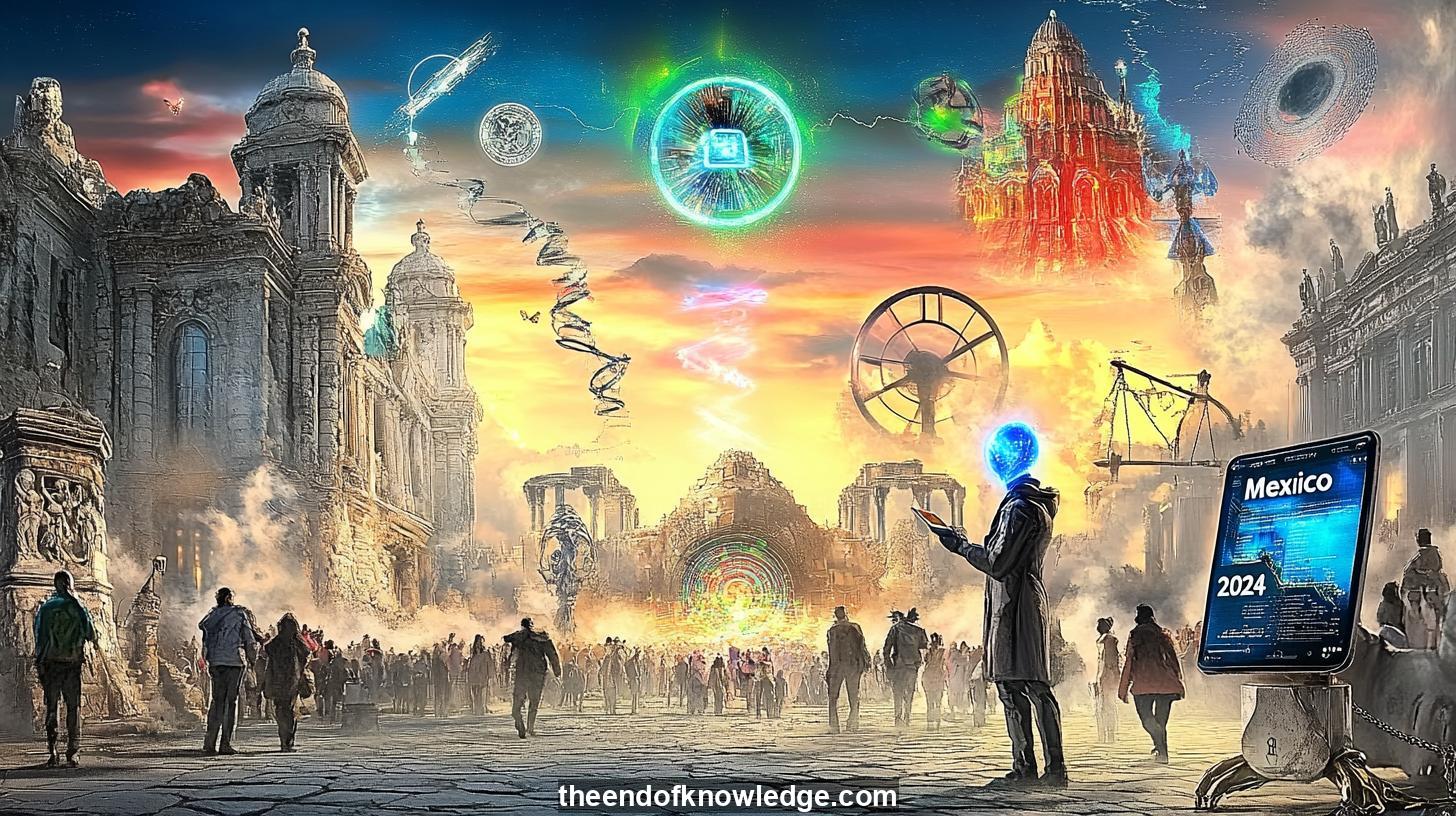 >
>
Concept Graph, Resume & KeyIdeas using DeepSeek R1 :
Resume:
The discussion revolves around the concept of a new justice paradigm, emphasizing decentralization, autonomy, and intelligence. It explores how technologies like blockchain and Bitcoin are reshaping justice systems, moving away from centralized state-controlled models. The speakers highlight the importance of sovereignty and resilience in blockchain, particularly Bitcoin, as a foundation for decentralized justice. They discuss platforms like Cloros, which use blockchain for dispute resolution, and the role of AI in creating autonomous conflict resolution systems. The conversation also addresses the challenges of transitioning from traditional justice systems, including resistance from established powers and the need for new legal frameworks. The importance of data governance and the impact of AI on societal structures are also touched upon, emphasizing the need for a new narrative and community-driven solutions to navigate this technological evolution.30 Key Ideas:
1.- The concept of decentralized justice emphasizes autonomy and self-governance.
2.- Blockchain technology, particularly Bitcoin, offers resilience and security for justice systems.
3.- Sovereignty is a key pillar in decentralized justice, empowering individuals.
4.- Traditional justice systems are centralized and controlled by the state.
5.- Decentralized justice aims to eliminate intermediaries like judges and courts.
6.- The Aragon Project manifest highlights the importance of technology for societal liberation.
7.- Cloros is a pioneer platform using blockchain for decentralized dispute resolution.
8.- AI can facilitate conflict resolution by proposing solutions and creating smart contracts.
9.- The role of oracles in blockchain systems provides external data for dispute resolution.
10.- Decentralized justice systems rely on community consensus for conflict resolution.
11.- Smart contracts and NFTs ensure enforceability of resolutions in both digital and physical worlds.
12.- Mexico's legal framework for decentralized justice is the first of its kind globally.
13.- The Stanford paper analyzes blockchain's role in creating new legal orders.
14.- Decentralized justice systems face challenges from traditional power structures.
15.- The state's monopoly on justice is being challenged by technological advancements.
16.- Data governance is crucial in the age of AI and decentralized systems.
17.- The narrative of decentralization vs. centralization shapes societal perceptions.
18.- Community-driven solutions are essential for decentralized justice adoption.
19.- Education and awareness are key to overcoming resistance to new technologies.
20.- The balance between innovation and regulation is critical for decentralized justice.
21.- AI's role in justice systems raises ethical and governance questions.
22.- Decentralized systems require new legal frameworks and regulations.
23.- The transition to decentralized justice involves cultural and mental shifts.
24.- Blockchain's immutability ensures transparency and trust in justice systems.
25.- Decentralized justice empowers citizens to resolve conflicts without intermediaries.
26.- The integration of AI and blockchain creates efficient dispute resolution mechanisms.
27.- Traditional justice systems are often slow and inefficient compared to decentralized models.
28.- The future of justice lies in balancing technology with human values and rights.
29.- Decentralized justice systems must address issues of jurisdiction and enforcement.
30.- The evolution of justice systems reflects broader societal shifts toward decentralization and autonomy.
Interviews by Plácido Doménech Espí & Guests - Knowledge Vault built byDavid Vivancos 2025